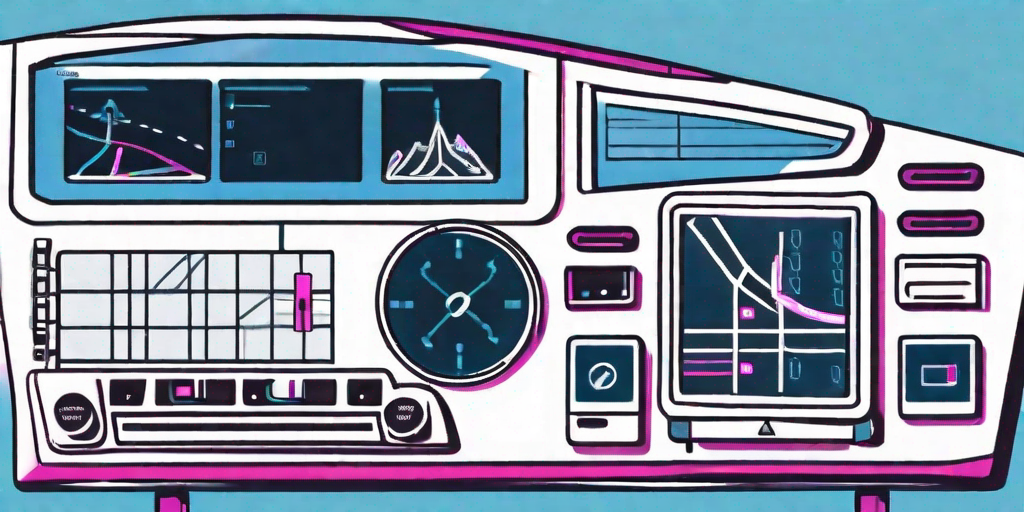
Revolutionising Video Conferencing: Microsoft Copilot for Teams Rooms
In the evolving landscape of remote work and collaborative environments, Microsoft Copilot for Teams Rooms emerges as a transformative tool, reshaping the dynamics of meetings and collaboration. This feature seamlessly integrates with video conferencing hardware in meeting rooms, augmenting productivity while reshaping working behaviours.
Streamlined Collaboration
Microsoft Copilot significantly streamlines collaboration by offering real-time transcription, translation, and automated meeting notes, saving considerable time during and after meetings. However, it’s important to note potential drawbacks. While AI-powered, Copilot might occasionally misinterpret context or language nuances, leading to inaccuracies in transcriptions or translations, when processed through multiple AI tools or many times, items may become significantly different to intended via a Chinese Whispers type of affect. It’s important to remember that it is a co-pilot, not the captain. Always check the results are accurate!
Enhanced User Experience
The integration of Copilot with video conferencing hardware ensures a user-friendly experience. Yet, concerns about data privacy and security arise, given Copilot’s AI capabilities processing sensitive information. Organisations must ensure robust privacy measures and data encryption protocols to safeguard sensitive conversations.
Optimised Utilisation of Meeting Room Hardware
While Copilot optimises meeting room hardware for seamless collaboration, technical issues might occasionally arise, affecting the user experience. Instances of connectivity glitches or hardware compatibility issues might necessitate troubleshooting, potentially impacting meeting efficiency.
Concerns about Data Privacy and Security
Given Copilot’s AI-driven nature, concerns about data privacy and security surface. The processing of sensitive information during transcription and translation raises concerns about data storage, access control, and compliance with privacy regulations. Microsoft needs to continually address and fortify these security measures to instil user confidence, which we believe they are doing very successfully.
Facilitation of Agile Working Behaviours
Consider a scenario where a multinational team gathers for a brainstorming session. Copilot’s transcription capabilities capture every idea and action point, creating meeting summaries and generating action items. This is then combined with intelligent cameras to assign those actions to specific people. This fosters an environment of efficiency and accountability, saving time that would otherwise be spent manually documenting meeting outcomes.
Driving Productivity and Efficiency
By empowering teams with enhanced collaboration tools and optimising meeting room hardware, Copilot significantly boosts productivity and efficiency. It minimises communication barriers, encourages active participation, and expedites decision-making processes, ultimately saving valuable time that can be redirected towards impactful work.
The Future of Microsoft Copilot
Microsoft remains committed to enhancing Copilot’s capabilities. Upcoming updates aim to refine AI algorithms, improving accuracy in transcriptions and translations while addressing privacy concerns. Additionally, Microsoft is poised to introduce better integration with other collaborative tools, expanding Copilot’s utility in the wider tech landscape.
As remote and hybrid work models evolve, technologies like Microsoft Copilot for Teams Rooms play a pivotal role in shaping the future of collaboration. Despite potential drawbacks and concerns, ongoing improvements in AI, data security measures, and integration capabilities position Copilot as a cornerstone in the ever-evolving tech ecosystem.
The synergy between Copilot and video conferencing hardware heralds a more connected and productive workspace. As Copilot advances, its role in reshaping collaborative environments becomes increasingly integral, paving the way for a more seamless and efficient future of work.

